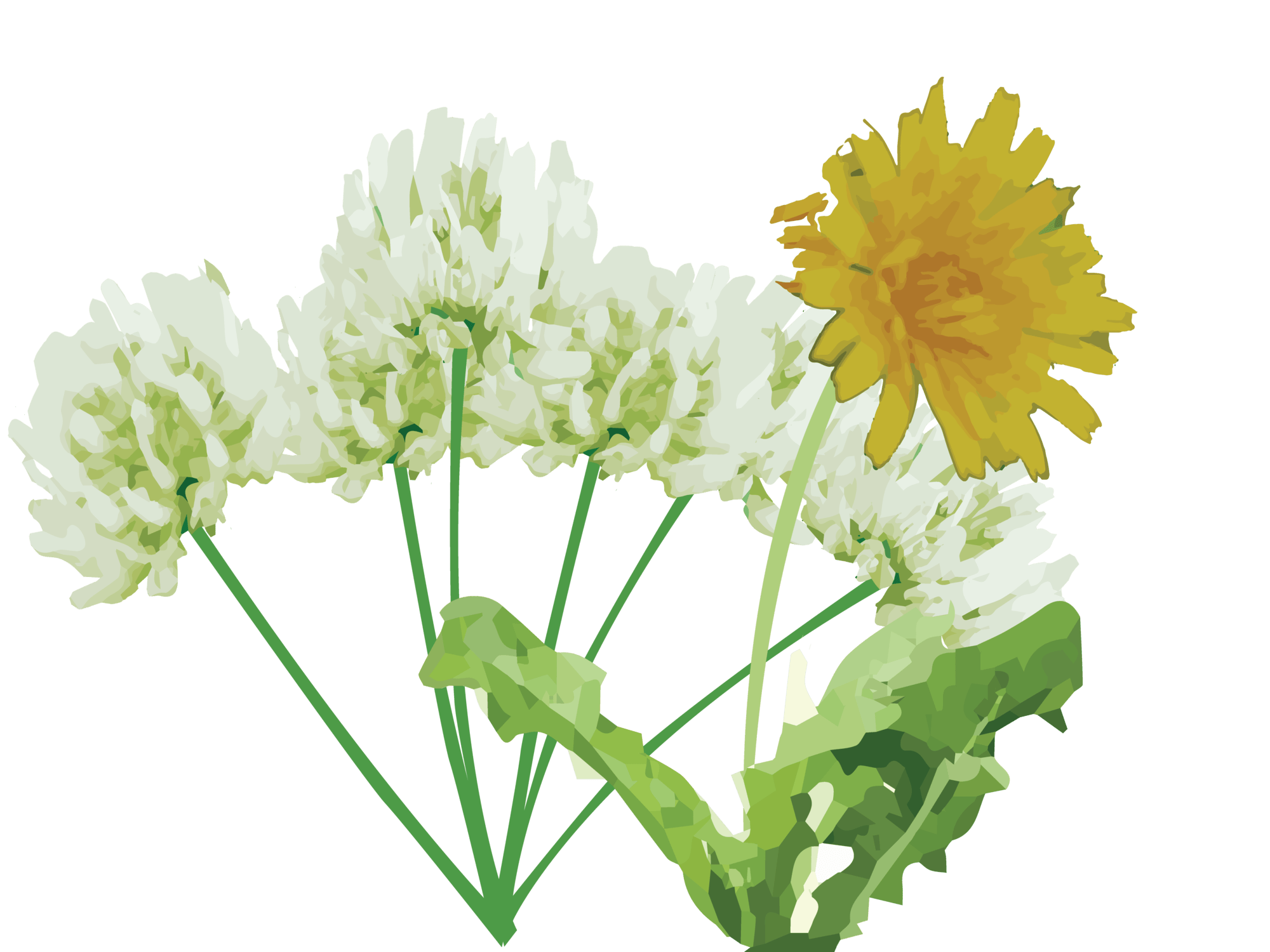By Taylor Smith
As the temperatures begin to rise, melting away snow and ice, many people start preparing for spring. For most people, this means making purchases; whether it is furniture, gardening supplies, or a new seasonal outfit. But not everyone can afford to spend money on such things. I recommend foraging as a fun spring activity because all you need is time outdoors and a bit of knowledge from books or the internet. No spending required!
The St. Louis metro-east area has a variety of edible flora available in abundance. From plants native to the land since before we set foot in the area, to new invasive species that we are encouraged to remove, here are just a few of the many plants that you will be able to find in the spring.
Dandelions are extremely common and easy to identify. A true dandelion will have a solitary stem with only one flower on the end of each stalk. Although there are a couple of lookalikes to this common garden weed, none are poisonous and they have their own benefits. There’s the cat’s ear, which has a branching stem instead of a solitary one; or the sow thistle, which grows multiple flowers from one stalk. A true dandelion will only have a single solitary flower on a single hollow stem.
To properly harvest a dandelion, grip the base of the plant and pull hard. If done correctly, you will have the entire plant, including the roots. The roots can be roasted and used as a substitute for coffee. Use the leaves and stems in salads, soups, and pesto sauce. The flowers can be used to make wine or jelly as well, and these examples do not even cover a fraction of the many uses the dandelion has.
Field garlic, frequently known as spring onions, are plants you may see more than you realize. Spring onions, just like dandelions, are plentiful and easily found in most places. Identifiable as the dark, thin, onion-smelling grass that tends to shoot up much faster and taller than regular grass. That is the top portion of the wild garlic plant, while small white bulbs hide beneath the dirt. Once firmly pulled from the ground, the entire plant is edible and makes an excellent addition to soups, salads, eggs, and any other dish you want to spice up with their unique onion flavor.
Clovers are yet another commonly known plant that can be found everywhere. They are low-growing plants recognized by round leaflets in groupings of three, with round white to pink flowers. All parts of the clover are edible except for the roots, and none of its lookalikes are harmful. One such plant is wood sorrel, which can be identified by its more spindle-like stems and heart-shaped leaves. Another similar plant is the inedible milk thistle, easily identifiable by its larger size compared to common clover.
When harvesting clover, be sure to avoid plants with brown flowers, always wash the plants thoroughly before processing them. Cut and separate the flower heads from the stems, then cut the flowers in half and bake the flowers, stems, and leaves at the lowest temperature possible. Once fully dried, it should have a flavor and scent like vanilla. Use it as an addition to baked goods like cookies and cakes or in blends of tea.
While there are a wide variety of forgeable flora in the local area, this has covered the most common and easy-to-find plants available during the spring season. Now you have the knowledge to enjoy a free spring activity. So, get out there and enjoy the fresh air. Happy foraging!




